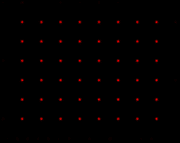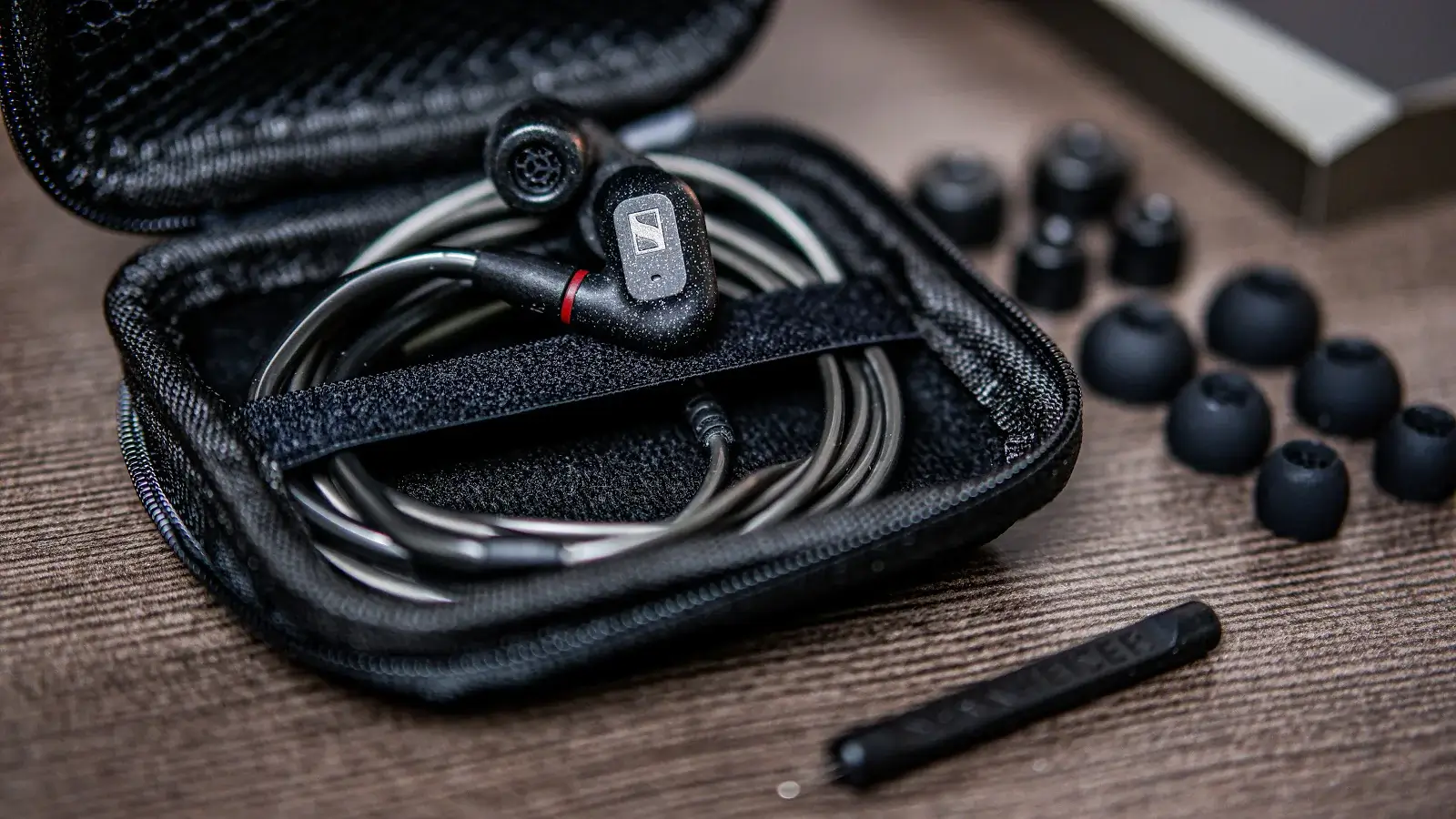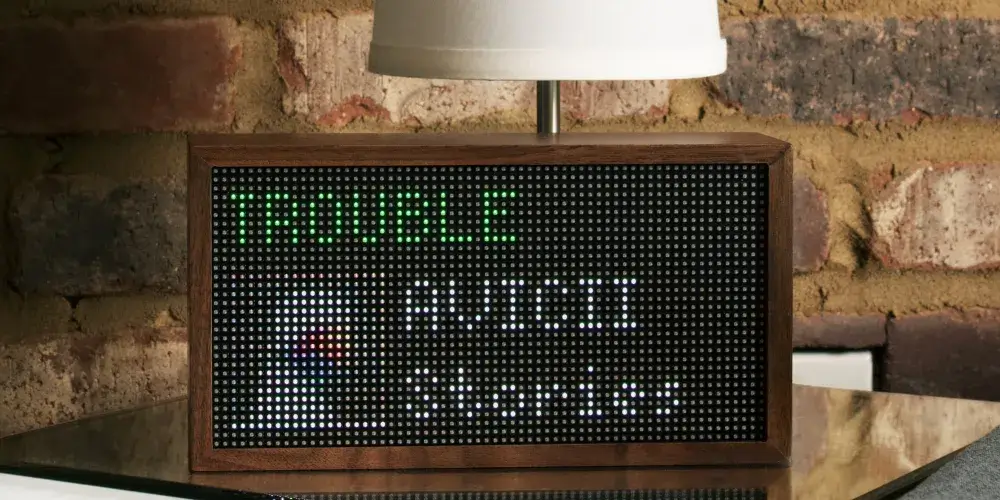When it comes to breaking apart a single laser beam into multiple laser beams without affecting the original beam’s characteristics, beam splitter elements are crucial. When using such a splitter, the original beam’s characteristics remain the same in the output beams, with only the angle of propagation and power of the output beams differing from the original beam. The resulting beams are also known as diffraction orders or split orders. The diffraction orders are identical to the input beam in all parameters, including intensity distribution, size, polarization, divergence, and beam quality.
What is a Beam Splitter?
A beam splitter is an optical element that splits a laser beam into various beams in a predetermined formation. The beam splitter is also known as Multispot (MS). One can design a diffractive beam splitter in two different ways to produce either a 1-dimensional beam array (1xN) or a 2-dimensional beam matrix (MxN). This flexibility in design helps us to attain any arrangement of diffraction orders and power ratio per order.
Why Do We Need a Beam Splitter?
The most common application of a beam splitter is enhancing the throughput of a laser system by a factor equivalent to the split order numbers. For instance, if you split an input beam into two output beams, the speed of the laser system will be increased by a factor of two. This is why in various industrial and medical/aesthetic applications, beam splitters are useful.
Here are some major application areas of beam splitters-
- Laser soldering, welding
- Laser perforation
- Laser cutting and dicing
- Laser scribing, including solar panels, displays, and cells
- Medical and aesthetic skin treatments
- IR depth detection
- Dot generation in machine vision and 3D sensing applications
Different Types of Beam Splitters
There are different types of beam splitters. For instance, the plate beam splitters split an input laser beam into two output beams- one transmitted beam and another reflected beam. The directions of these two beams are usually at a right angle to each other. The divergence and beam size remain the same in both the output beam and input beam.
A Microlens array is another type of beam splitter that involves lenslets or a series of tiny lenses. This beam splitter helps split an incident beam into various smaller beams and each of these smaller beams is then individually focused onto the focal plane by its respective lenslet. This increases the diffraction limited spot size of each beamlet iby a factor of the number of beamlets, thus does not maintain the beam properties.
However, in terms of quality and versatility, diffractive beam splitters are better than the above-mentioned two beam splitters. While the previous beam splitters use refraction or reflection, a diffractive beam splitter uses the principle of diffraction to exploit the input beam’s wave nature. A diffractive beam splitter can arrange the output beams in any geometrical configuration, where the characteristics of the input beam remains same in the output beam.





